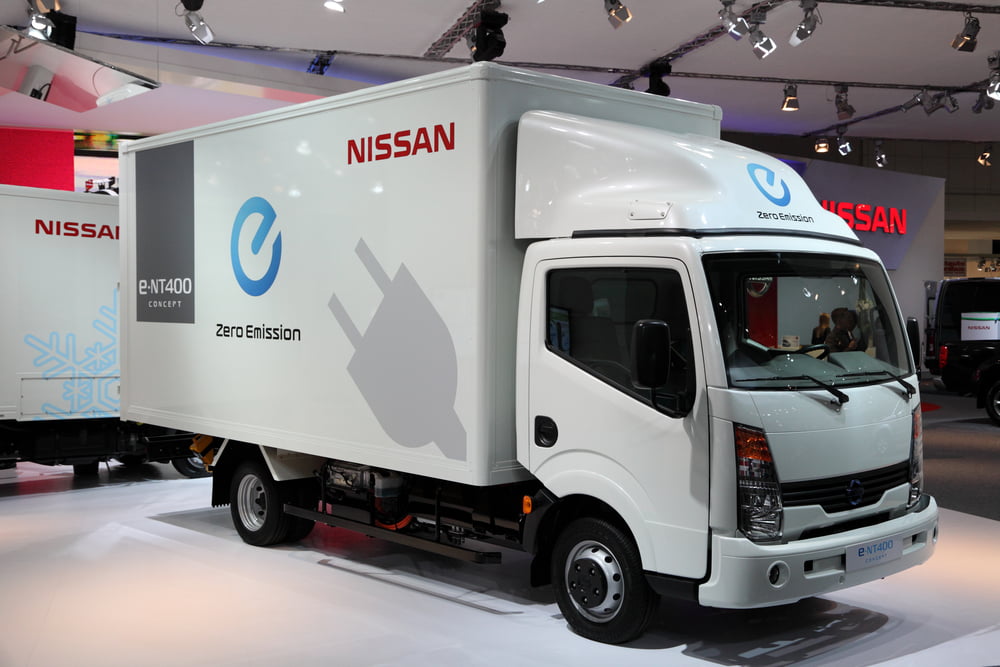Researchers from the knowledge center and innovation center EladerNL expect a strong growth in the number of electric trucks in national and international logistics from 2025. Because these e-trucks will charge at very high power levels, a new charging network must be constructed, including along European transport corridors. Governments, network operators and the logistics sector are working together in the National Agenda for Charging Infrastructure (NAL) to ensure that the electrification of heavy transport runs smoothly.
For the latest Outlook, the analysts of the trucks for national and international heavy transport took a closer look. How many diesel trucks will make way for electric in the coming years? Where will they load and what does that mean for network operators, government and the logistics sector?
In three scenarios (low, medium and high), the EladerNL Outlook provides insight into how these vehicles are distributed across the Netherlands and what kind of loading locations they are expected to need. The researchers calculated the number of charging points required for four types of charging locations: at depots, shared charging hubs, truck parking areas and service areas. The analysis shows, among other things, that the realization of charging infrastructure at the service areas along the European transport corridors is essential for the loading needs of e-trucks.
Rutger de Croon of EladerNL about the Outlook:
“We are facing an enormous task. There is currently no truck loading network. All those trucks will have to be able to be loaded at the right place and at the right speed. This will be done with high capacities and will pose new challenges for the power grid, among other things.
Transporters who are already involved in the first electrification steps and with charging infrastructure in business parks, the research showed that they were concerned about the available grid capacity, also because many companies will request heavier grid connections in quick succession.
"This requires a more efficient approach than seeing these applications one by one as an individual case, for example by preparing the transport capacity and the capacity at substations in a timely manner," says de Croon.
E-truck becomes cheaper than diesel truck
The study made use of a combination of public data sources and literature. In addition, a survey was conducted among the members of Transport and Logistics Netherlands (TLN) and the business association evofenedex. There are also various market parties and experts interviewed. Almost all interviewees agree that, sometime between 2020 and 2030, the time will come for most carriers when the overall picture of the purchase and operating costs of electric trucks becomes more attractive than that of a diesel variant. This TCO (Total Cost of Ownership) is the most important factor when choosing a new truck. So this looks good for battery electric trucks in the future.
Also read: Charging electric trucks almost impossible





